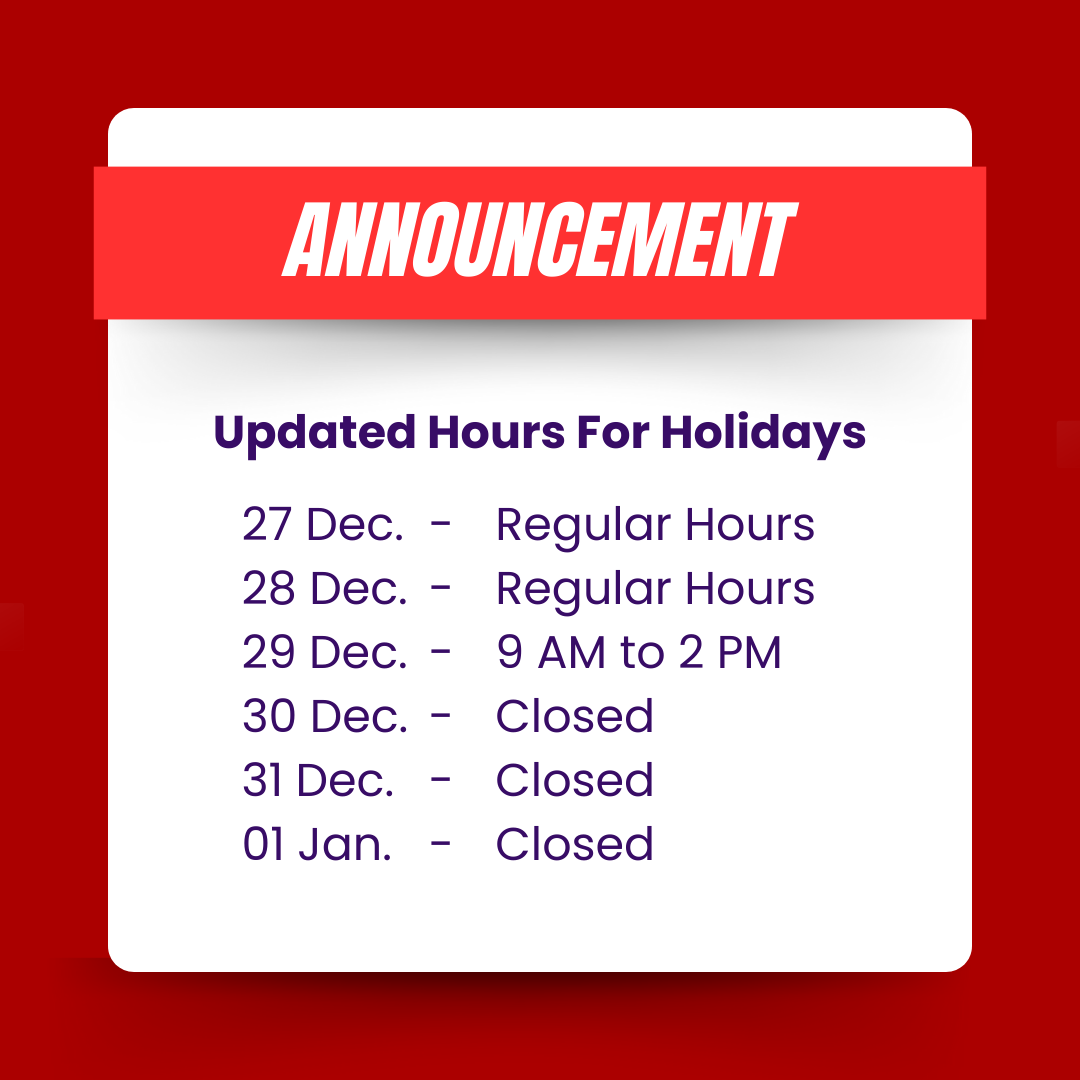Auto insurance is a mandatory requirement for vehicle owners in Ontario, Canada. Understanding the intricacies of auto insurance can be overwhelming, but it’s essential to make informed choices to protect yourself and your vehicle. In this comprehensive guide, we will navigate the landscape of auto insurance in Ontario, exploring the coverage options available, including optional physical damage coverage, diving into essential OPCF forms like OPCF 43, OPCF 27, and OPCF 20, and providing valuable broker recommendations. By the end, you’ll have a clear understanding of auto insurance in Ontario and be equipped to make informed decisions when it comes to your coverage.
Mandatory Auto Insurance Coverage in Ontario
- Third-Party Liability Coverage: Ontario law mandates that all vehicle owners carry third-party liability coverage. This coverage protects you in case you cause injury or property damage to others while operating your vehicle. The minimum coverage limit required by law is $200,000, but higher limits are recommended.
- Accident Benefits Coverage: Auto insurance in Ontario also includes accident benefits coverage, which provides medical and rehabilitation expenses, income replacement, and other benefits in the event of an accident, regardless of fault.
- Direct Compensation Property Damage(DCPD): Your loss is covered under DCPD if you are not at fault in a collision.
- Uninsured Driver (UA): Protects you against losses, like if you collide with an uninsured driver, or you are a victim of a hit-and-run.
Optional Physical Damage Coverage
- Collision Coverage: Collision coverage protects against damage to your vehicle resulting from collisions with other vehicles or objects, regardless of fault.
- Comprehensive Coverage: Comprehensive coverage provides protection against non-collision-related damage, such as theft, vandalism, fire, or weather-related incidents.
- Specified Perils Coverage: Specified perils coverage protects against specific risks that you choose, such as fire or theft, as outlined in your policy.
- All Perils: All perils is an optional type of insurance. It is also referred to as “all risk”. It’s one of the most extensive. It combines collision and comprehensive. This includes protection for all risks unless they are otherwise excluded in your policy
Understanding OPCF Forms
- OPCF 20: OPCF 20, known as the “Loss of use ” form, covers your expenses for rental vehicle in case of an insured loss . Various coverage limits available for OPCF 20.
- OPCF 27: OPCF 27, or “Liability for Damage to Non-Owned Automobile(s),” extends liability coverage to vehicles you don’t own but operate with permission.
- OPCF 43: OPCF 43, also known as the “Waiver of Depreciation” form, ensures that in the event of a total loss to your vehicle within a specified time frame, you’ll receive the full purchase price or agreed-upon value without depreciation. Some insurers cover up to 2 years and some up to 4 years.
- OPCF 44: OPCF 44, also know as “Family Protection Coverage” provides you and eligible family members with additional third-party liability and benefits (bodily injury or death).You can recover the remaining damages you may require that the at-fault’s insurance policy cannot cover.
Broker Recommendations for Auto Insurance in Ontario
- Liability limits: Minimum liability limits are not enough. As brokers, we recommend you to have a minimum of $2,000,000 auto liability limit. You may also consider to have an umbrella /excess liability policy for a reasonable price. We offer liability limits of up to $10,000,000.
- Research and Compare: To find the right auto insurance coverage, research and compare quotes from multiple insurance providers. Look beyond the price and consider factors like coverage limits, deductibles, customer service reputation, and claims handling.
- Assess Coverage Needs: Evaluate your individual needs, driving habits, and vehicle type to determine the appropriate coverage. Consult with an insurance broker who can provide personalized recommendations based on your circumstances.
- Review Policy Exclusions and Endorsements: Carefully review policy exclusions and endorsements to understand what is covered and what is not. Beware of any limitations or additional coverage options that may be available through endorsements.
- Seek Professional Advice: An insurance broker can be a valuable resource in navigating the complexities of auto insurance in Ontario. They have in-depth knowledge of the insurance market, coverage options, and can provide expert advice tailored to your specific needs.
- Consider Bundling Policies: If you have multiple insurance needs, such as home or tenant insurance, consider bundling your policies with the same insurer. Bundling can often lead to discounts and more convenient management of your insurance coverage.
- Regularly Review and Update Your Policy: As your circumstances change, such as moving to a new location or acquiring a new vehicle, it’s important to review and update your auto insurance policy accordingly. Keeping your information up to date ensures that you have adequate coverage and helps prevent any coverage gaps.
Conclusion
Auto insurance in Ontario is a critical component of responsible vehicle ownership. By understanding the mandatory coverage requirements, exploring optional physical damage coverage, familiarizing yourself with essential OPCF forms, and seeking the guidance of an insurance broker, you can make informed decisions about your auto insurance coverage. Remember to assess your coverage needs, compare quotes, review policy details, and stay proactive by regularly reviewing and updating your policy. With this comprehensive guide, you’re equipped with the knowledge to navigate the world of auto insurance in Ontario and make choices that protect you and your vehicle on the road.







